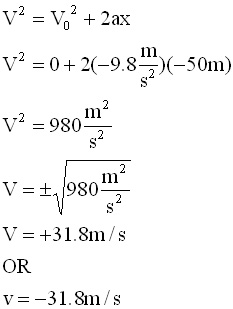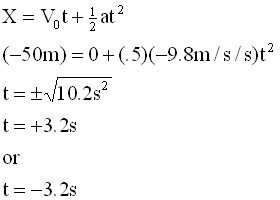 |
 |
The early Greeks, Aristotle in particular, had opinions on most everything, including how things move. In their view of the universe there were four elements: earth, water, air and fire. If an object made of earth was displaced out of its natural location, the "natural motion" of the object would cause it to be returned to earth through water and air. Similarly, an upside-down bucket pushed into the water trapping air will allow the air to be released to its natural location when the bucket is turned upright. They also believed that an object when released would quickly attain its natural velocity and would fall at that rate until it hit the ground. |
 |
The explanation of falling bodies by the Greeks prevailed until nearly the middle of the 17th-century when Galileo, a mathematician from Venice, published his Dialogue Concerning Two New World Systems in 1636. It is in this book published after the trial for heresy in 1633 that he reveals his findings of extensive experiments involving falling bodies and balls rolling down inclined planes. His work closely resembles the modern view of how things fall, a conclusion made remarkable when one considers that he did not have an easy way of measuring time. There were no mechanical clocks in his time. He relied first on the water clock and later a pendulum to measure time.Galileo concluded from his experiments that objects starting from rest would move faster and faster as they fell. Furthermore, he suggested that the rate of increase in velocity was well behaved and mathematical. He found that if an object fell one unit of distance in one unit of time, then during a second unit of time it would fall three more units of distance, during a third unit of time five more units of distance, etc. He also suggested that the air provided opposition to free fall, with air drag having greater influence on lighter objects than heavier ones. He suggested that if a space could be evacuated of air, a coin and a feather should fall to Earth side by side.While this last assertion would need 200 years and more before it was proven, the mathematics of falling bodies showed up in the work of Isaac Newton. |



